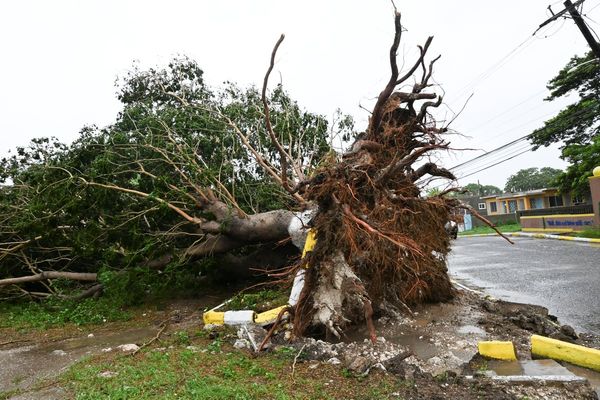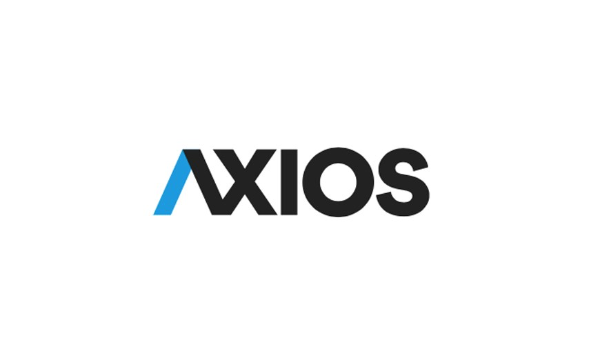
Next year will be another banner year for blue-collar labor. Be they truck drivers or HVAC workers, employees who didn’t do four or more years in a liberal arts college are hard to find and in hot demand heading into 2019, according to a report released December 13 by The Conference Board, a nonprofit organization researching the American business climate.
There is a blue-collar labor shortage in the United States, and it is not because of manufacturing returning from China and elsewhere, research analysts believe.
According to the Conference Board, retiring Baby Boomers and lower-income workers leaving the workforce on disability claims (including drug addiction) has largely led to the weak numbers in blue-collar job applicants. Moreover, more high school seniors are going on to four-year liberal arts degrees and getting highly skilled jobs or starting careers in professional services or in public services, like school teachers.

The demand for hard-hat and entry-level blue-collar jobs has grown steadily since the 2008 financial crisis, so it is not something immigration advocates can easily pin on the lack of foreign workers.
Sectors like healthcare, including clinics and nursing homes; traditional manufacturing; agribusiness; extraction industry equipment operators; and construction workers will see continued demand and shortfalls in applicant pools. In addition to increasing wages to attract workers (many trucking companies now pay six-figure salaries), companies may have to hire more and look elsewhere.
While the report does not mention prison reform, a bipartisan push to bring those convicted of lesser crimes back into the fold in states like Florida, and on the voting rolls, may have a lot to do with the shrinking blue-collar labor force.

“Companies looking to attract enough blue-collar workers will have to continue increasing wages and possibly experience diminished profits,” says Gad Levanon, lead report author and chief economist for The Conference Board. “The picture looks very different for the workers themselves. Compared to a few years ago, blue-collar workers are now much more likely to have a job they are satisfied with and experience rapid wage growth.”
The extent of the challenges caused by blue-collar labor shortages will depend on how individual companies adjust, either by incorporating more technologies or relocating. Companies will have to move faster on automation to make up for a tight job market and higher wage impacts on profit margins, report authors said. Another variable is the potential for other workers from jobs requiring a bachelors degree moving into blue-collar jobs either as a personal choice or a financial necessity.
The Conference Board believes companies will invest more in automation, rather than depend on a larger, higher-cost labor force.
Some areas of the national job market ripe for more automation include commercial food preparation; manufacturing; industrial cleaning; and maintenance jobs.

Amid tightening labor markets, some companies are expanding the supply of talent by lowering education requirements during recruitment and providing basic internal training to make up for an applicant’s lack of a vocational high school diploma or secondary education at a technical training school.
Beyond the obvious investment in automation, The Conference Board said companies will have to relocate to areas with a greater availability of blue-collar workers.
In some occupations, most notably manufacturing, employers have more discretion on where to locate operations and can shift some of the work to areas with a larger availability of blue-collar labor like American inner cities.
Other jobs, however, are not regionally dependent. And some, like healthcare and nursing homes, require a local labor pool to do the job.
Although the U.S. economy will slow, 2019 will not be easier on companies dependent on blue-collar workers.
Companies should prepare for more recruitment and retention difficulties in the next decade as there are few entrants and many exits out of the blue-collar and low-pay services workforce, the Board report’s executive summary states.







